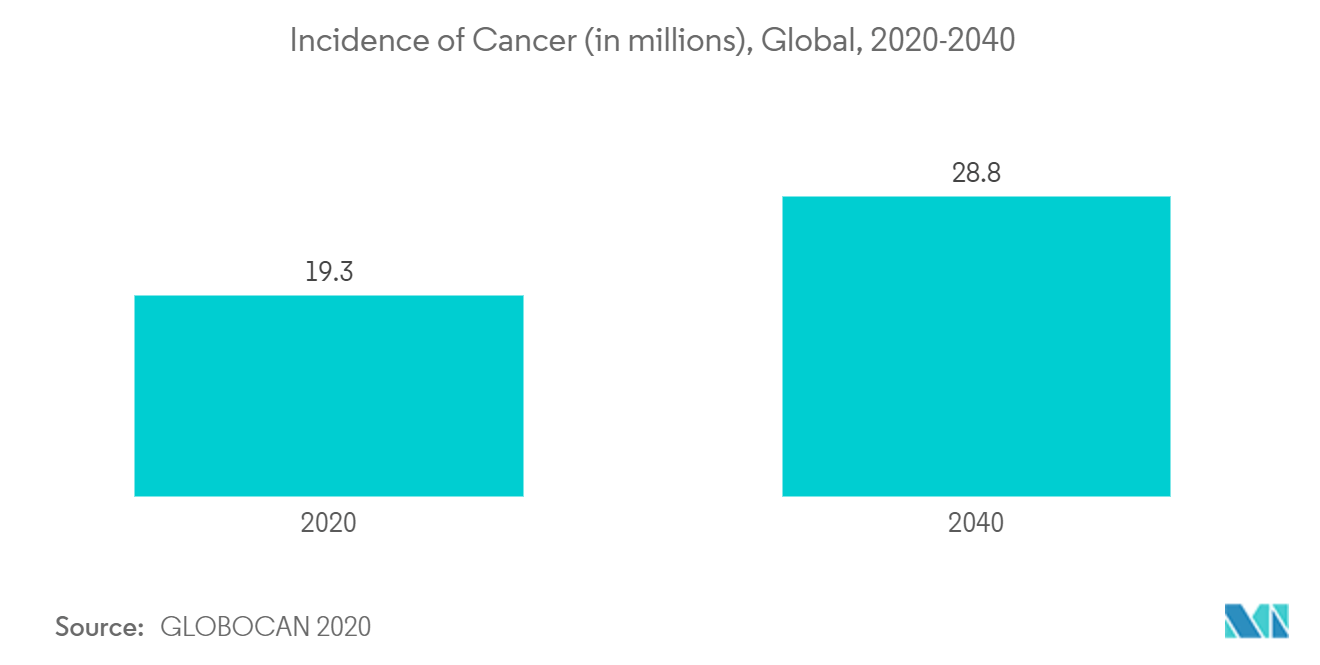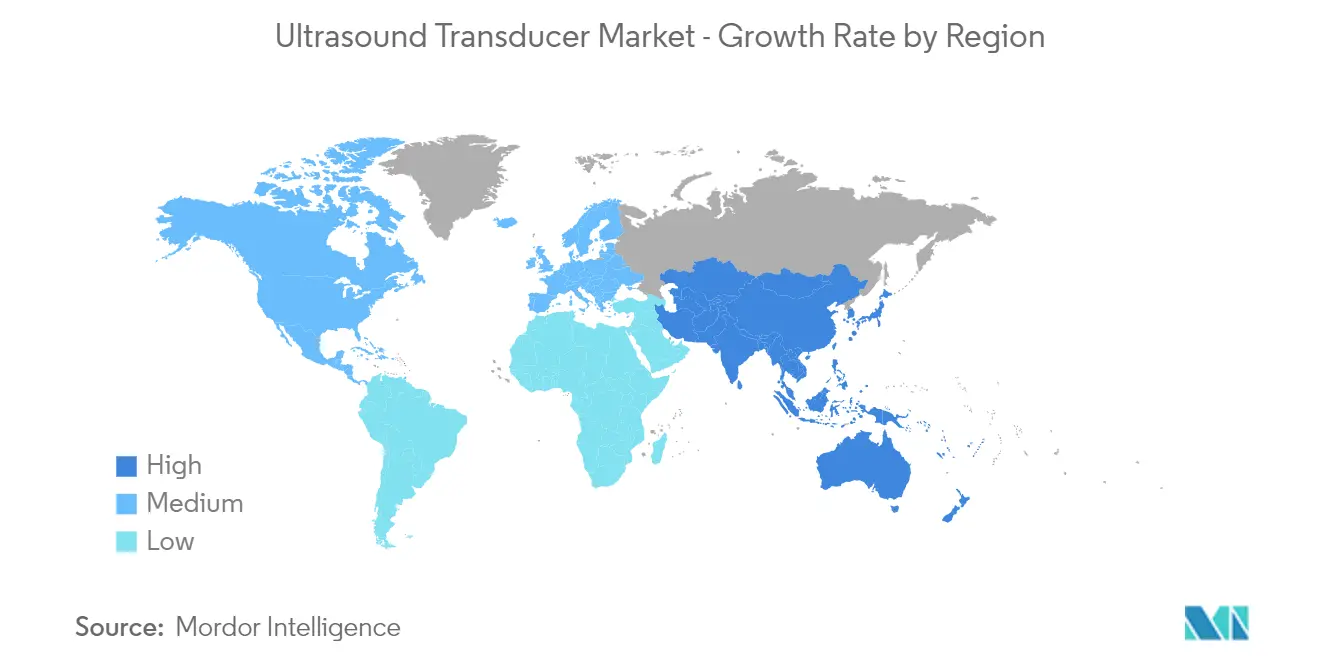Market Trends of Ultrasound Transducer Industry
This section covers the major market trends shaping the Ultrasound Transducer Market according to our research experts:
Convex Segment is Estimated to Witness a Healthy Growth in Future
The convex segment by product is expected to witness healthy growth in the future, attributed to several benefits associated with this convex transducer device, such as high efficiency and the ability to focus on the deeper organs compared to other transducers. These devices also give clearer images and have highly improved reliability. The beam shape of the convex transducer is ideal for the in-depth investigation of several disorders.
Moreover, the high adoption of convex transducers in diagnosing transvaginal, abdominal, and transrectal conditions will promote segment growth. Furthermore, several market players are engaged in strategies, such as product launches and approvals. For instance, in February 2022, FUJIFILM Sonosite, Inc. has expanded its next-generation POCUS portfolio with the introduction of its new, premium Sonosite LX system This system includes the largest clinical image produced by the company and a monitor that can be extended, rotated, and tilted for improved, real-time provider collaboration. Additionally, in March 2021, GE Healthcare released Vscan Air, a wireless, pocket-sized ultrasound that provides crystal-clear image quality, whole-body scanning capabilities, and intuitive software. The product is one of the smallest and most lightweight handheld ultrasound devices and provides whole-body scanning capabilities with crystal clear image quality.
Thus, the market is expected to witness significant growth over the forecast period due to the above-mentioned factors.

North America is Expected to Hold a Significant Share in the Market and Expected to do Same in the Forecast Period
North America is expected to hold a significant market share in the global ultrasound transducer market due to the rising prevalence of chronic diseases, high demand for technologically advanced medical devices, growing research and development expenditure, rising patient preference for early diagnosis, and increasing demand for ultrasound systems. According to 2022 statistics published by American Heart Association, the prevalence rate of heart failure in the United States was 6 million, which is 1.8% of the total population, in 2021. Thus, the high burden of cases of heart failure in the country is expected to increase the demand for ultrasound transducer devices for better diagnosis and treatment which is further expected to boost the growth of the market over the forecast period.
The United States owns the largest share of the ultrasound transducer market in the North American region. Several market players are engaged in implementing strategic initiatives to boost the market's growth. For instance, in November 2021, Butterfly Network, Inc., an innovative digital health company working to enable universal access to superior medical imaging, and Longview Acquisition Corp. entered into a definitive business combination agreement. The Butterfly iQ is the only ultrasound transducer to perform whole-body imaging using semiconductor technology with a single handheld probe. Such strategic initiatives are expected to fuel the growth of the ultrasound transducer market in North America.


